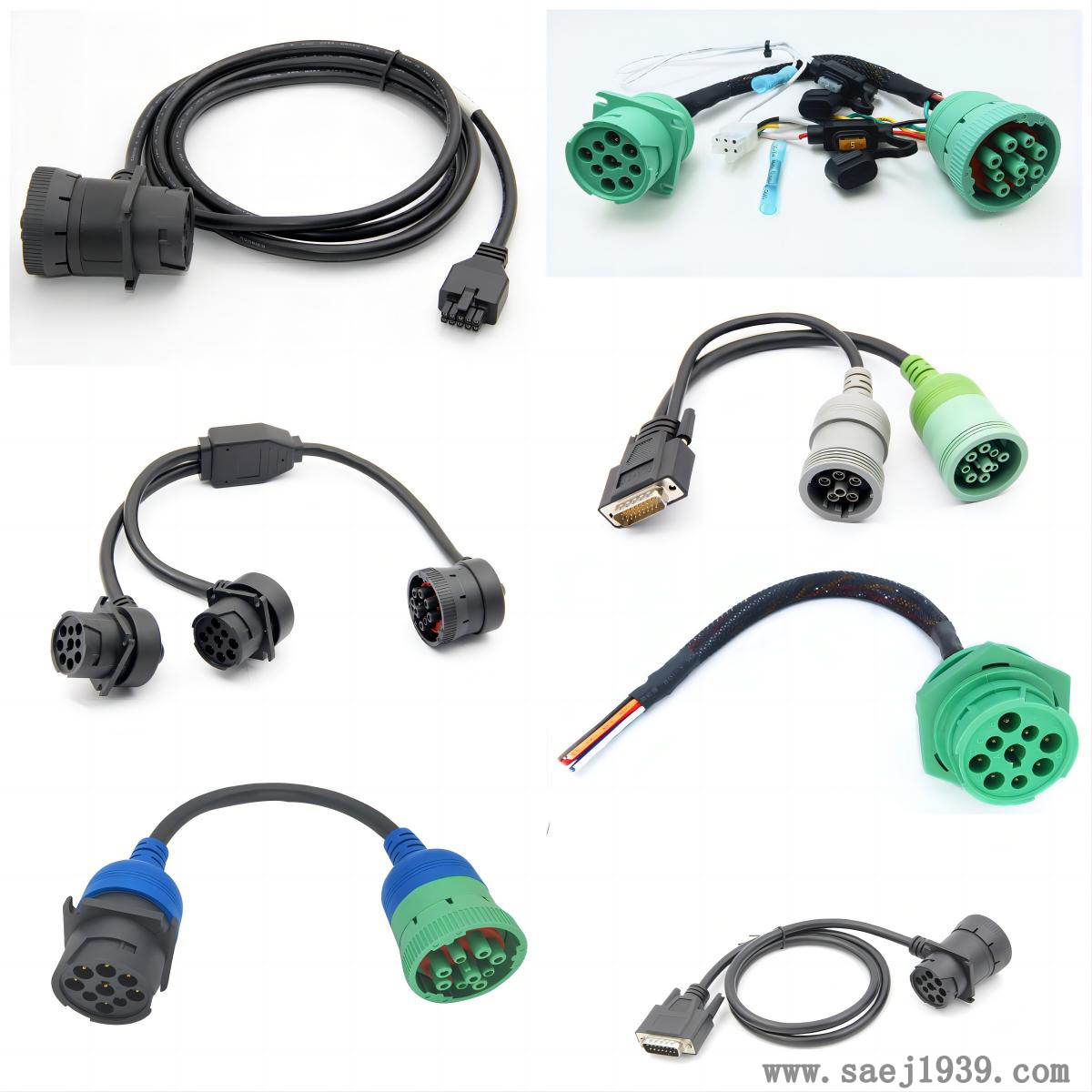There are significant differences between J1939 splitter Y cable and other types of cables in terms of application scenarios, interface standards, electrical characteristics, functional purposes, etc. The following is a detailed introduction for you:
Application scenarios
J1939 splitter Y cable: mainly used in vehicle networks using J1939 protocol, commonly found in large vehicles and equipment such as heavy-duty trucks, buses, engineering machinery, agricultural machinery, etc. It is used to achieve data communication and information sharing between various electronic control units (ECUs) inside the vehicle, in order to coordinate the operation of various systems in the vehicle.
Other types of cables: The application scenarios are extremely wide, and different types of cables are suitable for different fields. For example, household power cords are used to provide power to household appliances; Ethernet cables are used to transmit data in computer networks and establish network connections between devices; Audio and video cables are used to transmit audio and video signals, such as HDMI cables used to connect devices such as televisions, computers, and monitors.

Interface standards
J1939 splitter Y cable: typically uses a 9-pin connector with specific mechanical and electrical interface standards to ensure compatibility with J1939 protocol devices. Its size, shape, and pin definitions all follow relevant industry standards, such as the common Type 2 green 9-pin male or Type 1 black 9-pin male.
Other types of cables: The interface standards vary. If a USB cable uses a USB interface, there are different versions and specifications, such as USB-A, USB-B, USB-C, etc., with corresponding standards for size, pin definition, and electrical characteristics; RJ45 Ethernet cables use RJ45 interfaces, with clear specifications for pin arrangement and electrical parameters.
We chat